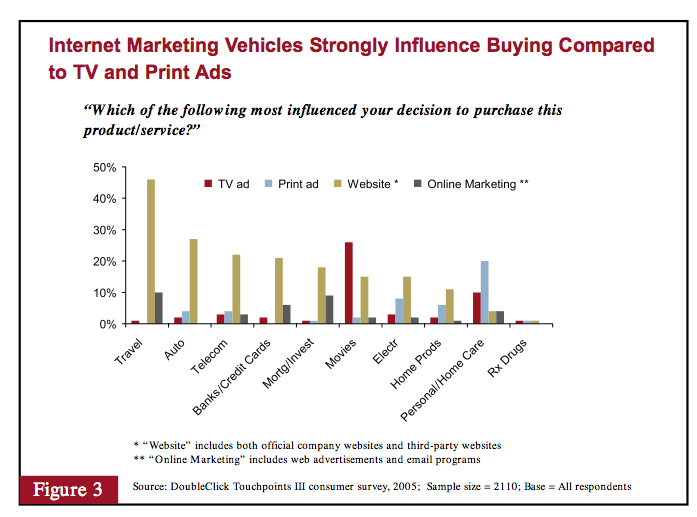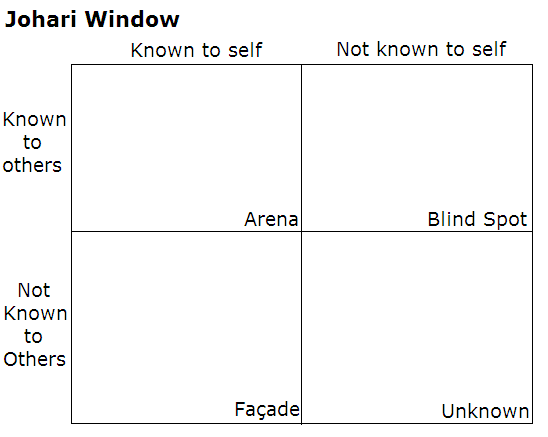The window that merging media has opened for us reveals a personal-experience economy, in which customers are in control. Brand in defined in customers’ minds by their personal experiences with a particular product or service.
Experience is entirely about “value in context.” Positive or negative, value is in the eye of the beholder. Whether something tastes like fine champagne or cod-liver oil, the value of the resulting experience will depend on whether the need was for a classy beverage or a relieving purge.
Good wages and benefits for workers means Costco has an extremely low rate of turnover among employees and experiences considerably less employee theft. With minimal advertising, Costco has generated an almost cult-like following of loyal customers, unlike the other deep-discounters. And even the shareholders appear to be happy, as Costsco stock performs very nicely, thank you very much. This is in spite of Wall Street’s penalization.
After we made a presentation to another client, the company’s senior vice president of marketing assumed we had appropriated a brand-new, confidential market study on which they’d spent both months and millions. He was apologetic and impressed when he learned our analysis was based on words customers typed into search engines.
Customers need to resolve their worn concerns so they can build the confidence to buy from you. Ideally, they’ll build that confidence with information you provide. But if you don’t provide it, they’ll track it down by going to other sources.
Lisa doesn’t care about your sales process, and everything about your sales process should be designed so she shouldn’t have to. You should, however, care very much about Lisa’s buying decision process.
It’s beneficial to you to acknowledge the substance of what is available, even the negatives, so you can communicate and position it in the proper light.
Steps of buying:
- Search
- Evaluate
- Decide
- Purchase
- Reevaluate
It isn’t difficult to understand why a customer would prefer to buy from someone who understand her needs by using her terms and “peaking” her language.
Persuasion Architecture identifies all the angles from which a customer might approach your product or service as well as the vocabulary that could lead a customer to your doorstep. PA would also ask what other angles or terms a customer would use in searches and plan Web content keyed to both compacted and non-compacted information searches.
You build and sustain persuasive momentum by intentionally and repeatedly providing answers to these three questions:
- Who are we trying to persuade to take the action?
- What is the action we that someone to take?
- What does that person need in order to fell confident taking that action?
Persuasion occurs when people perceive they are on their way to getting what they want. Persuasion is a forward-moving force. People must feel they are making progress. If a customer feels he isn’t making progress, then he isn’t persuaded.
Basic sales process:
- Initiating the relationship by building rapport and confidence
- Investigating needs, wants and problems
- Suggesting a course of action
- Obtaining agreement for a decision
- Closing, or taking action
#
Feedback loops are an important part of the sales process; establishing rapport and building confidence are ongoing. […] The level of rapport and confidence that a customer must have to initiative the relationship and begin investigating is not the same level she requires to close the sale.
Touch points are the ways businesses make contact and interact with potential customers. These include every traditional and merging media vehicle you might use. SEM, website, yellow page, emails, radio spots, customer call center, etc.
If I went to a florist and told them I needed a birthday gift, would they point me over to the anniversary section? Would they ask me if I needed it for New Years? The florist wouldn’t ask me irrelevant questions.
The ultimate value in SEM is its ability to help you understand the customer’s intent and ensure you present relevant information. Moreover, the value of relevant high rankings is completely undone if you don’t follow through on the promise of the result.
Surveys are invaluable if you want to figure out why your business is coming up short in delivering a consistently delightful customer experience. If customer-survey data reveals a sudden spike in dirty bathroom complaints, you can take it to the bank that some franchise is not following procedure. Research is great at measuring what has already happened.
When someone acknowledges us as individuals and personalizes our experience based on our unique characteristics, we feel understood and valued. Our feelings of good will increase. Our confidence grows. Even our tolerance broadens.
What marketers really want to achieve with personalization is accelerated customer intimacy. The solution to this problem, however is, not personalization. […] The answer is “persona-lization”.
Ultimately, knowing the behavior is more valuable to the interaction than knowing detailed personal information about a customer. It is almost more effective to “persona-lize” before you personalize.
Personas are representative stand-ins for the modes in which it is possible for individuals to interact with you and your business.
Filters: Topology: business landscape, other businesses, innovation, etc.
Psycho-graphics: personality, consumer psychology, etc.
Demographics: age, location, etc.
Once we have compiled the right information about our personas, we use them to generate empathy within the business for the persona’s wants, desires, needs, and problems.
Persuasion Architecture:
- Create business-specific personas that reflect your audience
- Develop persuasion scenarios that meet the needs of your audience
- Integrate multi-channel efforts
- Establish a culture of test, measure and optimizing
Experience Economy levels of transparency:
- How you view yourself is not necessarily how others view you
- The information you currently provide isn’t necessarily the information your customers need to develop the confidence to buy
- Efforts to keep your multi-channel efforts discreet are not likely to give positive reinforcement to your customers’ experience of your brand
Johari Window
- Arena: Grows with the intensity in your relationship with your customer
- Unkown: Not so important because not very productive
- Blind Spot: Things your customers knows about you that you don’t know => important to know
- Facade: Things you know but your customer don’t => important to release
Nevertheless, either the manufacturer discloses critical information to customers, or someone else will. Doesn’t it build greater confidence in a customer when the company, rather than a stranger, supplies that information? Taking responsibility for presenting all the information allows you to interact with your customers in a much larger open quadrant.
Four dimensions of sales complexity
Need:
- critical to luxury
- Temporal
- one purchase or multiple?
Risk:
- psychical risk
- self-esteem
- career risk
- financial
Knowledge:
- what do they need to know?
- eliminate friction of confusion or ignorance
- whom is the customer buying for?
Consensus:
- sold anonymously
- personally
- groups
Types of buyers
Accidentals
- are their by accident
- was looking for something else
Knows Exactly
Knows Approximately
Just browsing
Transactional shoppers
- cheap
- today
- ready to change
- love the exploration process
Relational shoppers
- long
- looking for an expert / partner
- don’t enjoy looking around
- right place to buy
SJ (Methodical)
Attitude: Businesslike, detail-oriented
Time: Disciplined, methodically paced
Question: How can your solution solve this problem?
Approach: Hard evidence and superior service
SP (Spontaneous)
Attitude: Personal, activity-oriented
Time: Spontaneous, fast-paced
Question: Why is your solution best to solve the problem now?
Approach: Address immediate needs
NF (Humanistic)
Attitude: Personal, relationship-oriented
Time: Open-ended, slow paced
Question: Who has used your solution to solve my problem?
Approach: Testimonials and incentives
NT (Competitive)
Attitude: Businesslike, power-oriented
Time: Disciplined, strategically paced
Question: What can your solution do for me?
Approach: Provide rational options, probabilities, and challenges
Universe of buyers
For each buyer type, there are three states:
- just browsing
- knowns approximately
- knows exactly
How many personas?
At least 2 (rational vs. emotional), better between 3 and 7
Character Diamonds
=> Four core personality traits
=> There are masks, e.g. white kids masking as black kids => ask why
Create a story / plot around the persona
- how did the began their buying process
- what are they doing, what are they thinking?
- how is the buying process and maybe after-sales stuff
Activities
- Calls to action: what to do?
- Points of resolution: Answering questions
- Resolving Doors: the exit from the point of resolution -> what to do next?
- Persuasion entities: email, billboards, etc.
Persuasion Scenario:
- Driving point: Where does the scenario begin?
- Funnel points: Entry points
- Points of Resolution
- Way points: critical to success
- Conversion beacon: starting linear process
- Conversion point
Storyboarding:
- Putting everything together
Prototyping:
- Test different story ideas
Development:
- developing final product
Optimization:
- Testing, Optimizing, Measuring



